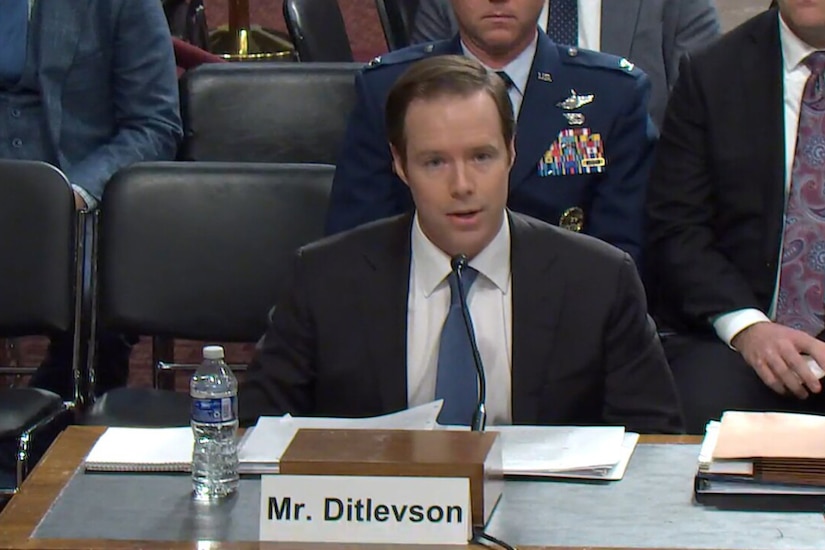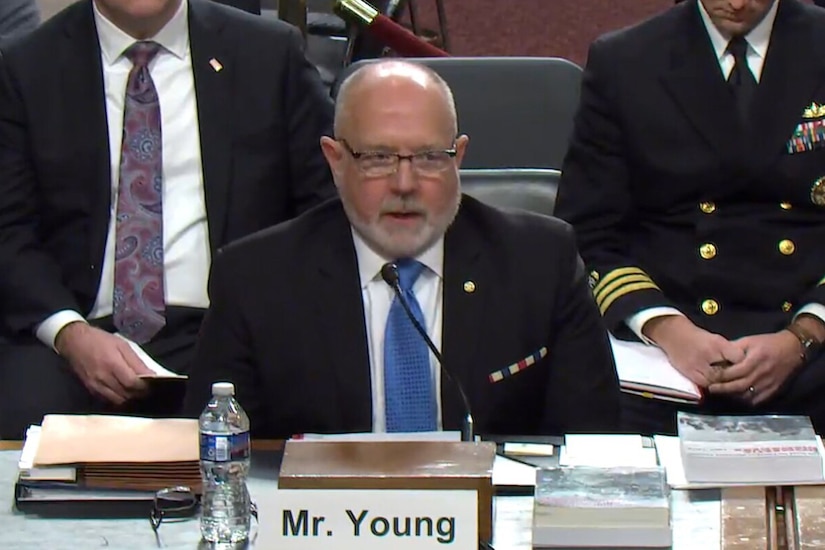Long before a jury is sworn in, justice is already being tested—often in silence, confusion, and haste.
Modern criminal investigations project an image of near-scientific certainty. Body-worn cameras record encounters, DNA can identify a suspect from a single cell, and digital devices quietly log movements, contacts, and timelines. Yet despite this technological confidence, a stubborn truth remains: the outcome of many criminal cases is still determined in the first ten minutes after first responders arrive. Those minutes, shaped by stress, urgency, and human judgment, often matter more than anything that follows.
Recent reviews by the U.S. Department of Justice and the Innocence Project show that basic crime scene errors continue to play a measurable role in wrongful convictions, acquittals, and dismissed cases. These failures are not relics of the past. They are present-day problems unfolding in an era that should know better.
Crime scenes are non-repeatable events. Once altered, contaminated, or partially ignored, they cannot be recreated. While detectives, analysts, and prosecutors may spend months assembling a case, the foundation they inherit is set almost immediately. The first officer, medic, or supervisor on scene becomes the unintentional architect of the investigation.
One of the most persistent errors is the failure to secure a scene quickly and broadly. In recent officer-involved shooting reviews and mass-casualty after-action reports, investigators repeatedly note that perimeters were drawn too narrowly or too late. Shell casings, vehicles, and witnesses often existed just outside the initial boundary, later discovered only after contamination or loss. National Institute of Justice guidance continues to emphasize establishing a wide perimeter first and narrowing it later, yet real-world pressures frequently reverse that logic.
Closely related is the breakdown of entry and exit control. Body-worn camera footage now routinely documents multiple responders entering scenes without logging their presence or purpose. Each untracked entry weakens the chain of custody and gives defense counsel an opening to question whether evidence was planted, moved, or compromised. Courts do not require proof of misconduct—only reasonable doubt about integrity.
Evidence contamination remains another critical failure point. Gloves, masks, and protective equipment are widely available, yet cross-contamination still occurs through unnecessary handling, poor movement discipline, or simple impatience. The President’s Council of Advisors on Science and Technology has warned that forensic reliability is inseparable from collection practices. DNA evidence does not fail in laboratories nearly as often as it fails at scenes.
Witness management has grown more complicated in the age of smartphones and social media. When witnesses are not separated immediately, their accounts can unintentionally synchronize. Group conversations, text messages, and online posts reshape memory in real time. By the time formal statements are taken, independent recollections may already be lost, a problem now cited in multiple appellate decisions involving credibility disputes.
Digital evidence introduces new fragility. Phones left unlocked, vehicles left powered down incorrectly, and surveillance systems overwritten by automatic loops have all erased critical timelines in recent cases. The National Institute of Standards and Technology has repeatedly stressed that digital evidence must be isolated and preserved immediately, yet many first responders still treat it as secondary to physical objects.
Perhaps the most dangerous error is cognitive bias. Early assumptions—about motive, guilt, or narrative—can quietly guide decisions about what matters and what does not. DOJ civil rights investigations have noted how premature conclusions influence scene handling, witness questioning, and documentation. Once a story forms, contradictory evidence is more likely to be overlooked or minimized.
In court, these mistakes rarely appear dramatic. They surface slowly, through cross-examination and expert testimony, as credibility erosion. Prosecutors may still have facts, but juries are asked to trust processes. When those processes appear careless or inconsistent, verdicts follow suit. Justice does not fail loudly; it unravels incrementally.
Why do these errors persist? Training exists. Policies exist. The gap lies in performance under pressure. First responders operate in environments defined by urgency, emotion, and competing priorities. Yet the law does not grade on difficulty. It evaluates outcomes and procedures, not intentions.
Reframing the role of the first responder is essential. Beyond emergency care and scene safety, they are custodians of future truth. The restraint to pause, observe, and control may feel counterintuitive in moments of chaos, but it is precisely that discipline that separates successful prosecutions from compromised ones.
The promise of modern justice rests not only on science and technology, but on fundamentals that have changed little in a century. Control the scene. Preserve what exists. Document what you see. The first ten minutes still decide what the next ten years will look like in court.
References
Department of Justice, Office of Justice Programs. (2024). Crime scene investigation standards and protocols. Washington, DC.
Federal Bureau of Investigation. (2023). Crime scene processing and evidence integrity guidelines. Washington, DC.
Innocence Project. (2024). Contributing factors to wrongful convictions in the United States. New York, NY.
National Institute of Justice. (2023). Crime scene investigation: A guide for law enforcement. Washington, DC.
National Institute of Standards and Technology. (2024). Digital evidence and forensic science standards. Gaithersburg, MD.
President’s Council of Advisors on Science and Technology. (2023). Forensic science in criminal courts: Ensuring scientific validity. Washington, DC.
United States Department of Justice, Civil Rights Division. (2024). Law enforcement accountability and evidence handling reviews. Washington, DC.
















